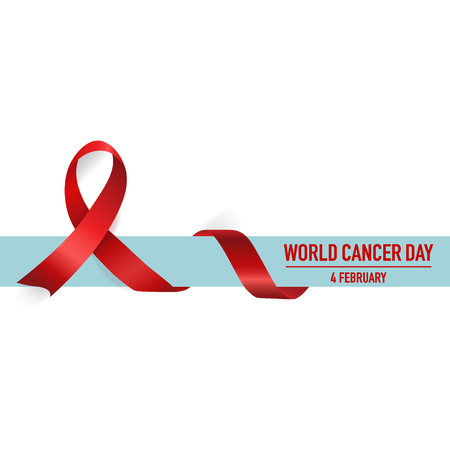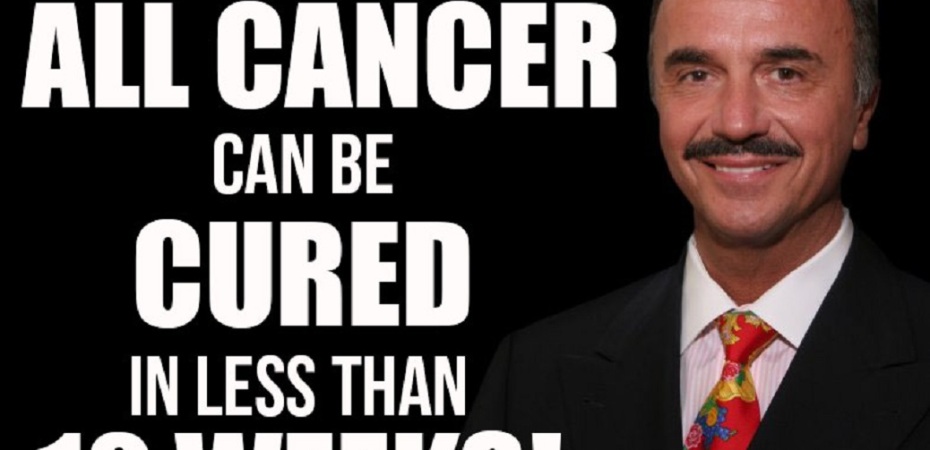
The community perspective regarding cancers was historically summed as terminal diseases for the aged, especially those living in the first world countries. However, this trend has since changed, with latest statistics revealing that cancers claim more lives than the commonest infectious diseases. In 2018 alone, 9.6 million lives were lost (WHO) to cancers with majority of these deaths occurring in poor countries.

World Cancer Day empowers all of us across the world to show support, raise our collective voice, take personal action and press our governments to do more. World Cancer Day is the only day on the global health calendar where we can all unite and rally under the one banner of cancer in a positive and inspiring way.

As nations reflected on the disease on world cancer day, following the, which is marked annually on February 4, health experts called for joint efforts — both individual and collective responsibility — to accelerate the fight against cancer that is still a major killer.
According to the 2018 GLOBOCAN report by the World Health Organisation’s International Agency for Research on Cancer, approximately 47,887 people get the disease annually in Kenya while 32,987 die from it yearly.

This is an increase from the 41,000 cases and 28,000 deaths recorded six years ago.
“Unhealthy diets and sedentary lifestyles that cause obesity are contributors to these rising cancer cases.

We also have excessive alcohol consumption and smoking that increase people’s chances of getting the disease,” notes Dr Andrew Odhiambo, a medical oncologist and secretary of the Kenya Society of Haematology and Oncology (Kesho).
According to him, a major contributor to cancer related deaths is the late diagnosis of the disease.

“Most people come to the hospital when their cancer is already at an advanced stage. This makes treatment expensive and reduces survival chances. That’s why we encourage frequent cancer screening.”
Treatment options for major cancers in Kenya include surgery (for removing tumours or growths), chemotherapy (use of drugs to kill cancerous cells) and radiotherapy (use of radiation to destroy affected cells).
Depending on the type and stage of the disease, cancer treatment in the country — often involving the three procedures — costs between Sh250,000 and Sh2,000,000.
These prices used to be way out of reach for a majority of Kenyans until the launch of the NHIF cancer cover in 2016.
However, glitches with the funds allocation system are still making it hard for all Kenyans to access those services.

For instance, the NHIF notes on paper that it can cover chemotherapy drugs at an approved rate of up to Sh150,000. “But not all sick people will get the full amount. And the criteria used to determine what each patient should be given is still highly subjective,” says David Makumi, the chairman of the Kenya Network of Cancer Organisations (Kenco).
“So if a poor patient gets half the amount and is not able to raise the balance, he or she will be forced to stop treatment midway. And this will on make the disease worse.”
According to Mr Makumi, sometimes patients may be diagnosed with cancers whose treatment surpasses the NHIF cover limit.
Radiotherapy machines

In total, Kenya boasts of 12 radiotherapy machines. Kenyatta National Hospital has three while the rest are in the private sector — two each at Nairobi Hospital, Aga Khan University Hospital, Texas Cancer Centre and HCG-CCK Cancer Centre.
Outside Nairobi, there is only one radiotherapy machine at Eldoret Hospital in western Kenya.

“Cancer treatment equipment has increased. But you can see that almost all of them are concentrated in Nairobi within a five-kilometre radius of each other yet they are supposed to serve all Kenyans. This unequal distribution is worrying and needs to change,” says Mr Makumi.
He notes that people living in other parts of the country usually have to travel long distances to access radiotherapy treatment hence incurring additional transport and accommodation costs. “Even if the NHIF cover pays for the treatment, patients who cannot meet the travel expenses will just remain home and die.”
Irrespective of the challenges, the numerous machines have reduced the radiotherapy treatment queues at KNH that previously subjected patients to waiting periods of up to two years.
“The queues drastically reduced to below three months. And in cases of emergency, we are able to offer the treatment promptly to those in need,” states Dr Odhiambo who treats cancer patients at KNH.